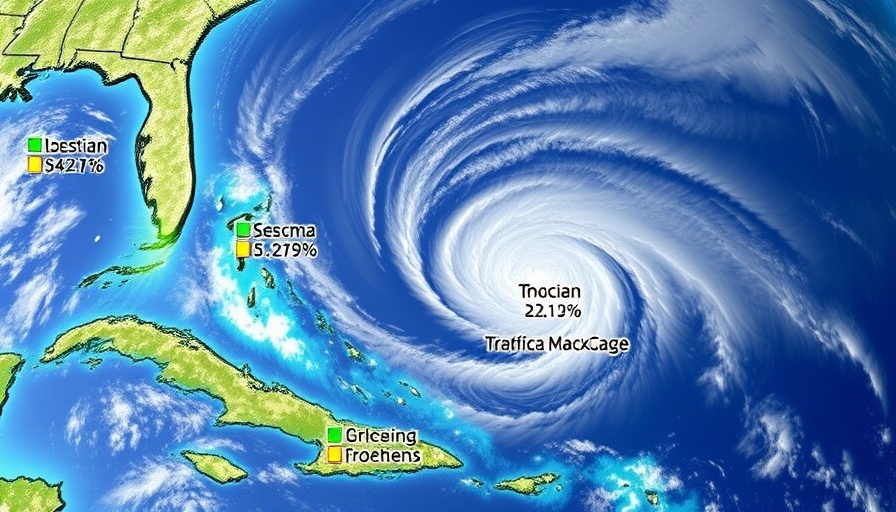
Could a Tsunami Hit Texas? Understanding the Risks
In light of the recent 8.8-magnitude earthquake near Russia's Kamchatka Peninsula, which triggered tsunami alerts across the North Pacific region, many are questioning the potential risk of tsunamis reaching U.S. shores, including Texas. While the Gulf of Mexico is less susceptible to tsunamis compared to the Pacific, experts emphasize that it remains a possibility. This article delves into what tsunamis are, their causes, and the likelihood of one impacting coastal Texas.
What is a Tsunami and How Does it Form?
Tsunamis are not merely large waves; they are a series of waves caused by the abrupt displacement of a substantial volume of water. According to the Weather Channel, this displacement can result from undersea earthquakes, volcanic eruptions, or landslides. As tectonic plates shift beneath the ocean floor, they can push the seabed up or down, creating waves that travel across the ocean at speeds of up to 600 miles per hour. In extreme cases, these waves can exceed heights of 100 feet, leading to catastrophic impacts.
Historical Context of Tsunamis in the Gulf of Mexico
While the occurrence of tsunamis in the Gulf of Mexico is rare, historical data notes several small tsunami events. For example, a wave was recorded in Galveston in 1918 following a seismic event near Puerto Rico. Additionally, researchers found evidence of other minor waves, including a 2.1-foot tsunami in Galveston in 1922 and a 0.6-foot wave in Freeport from an Alaskan earthquake in 1964. According to researchers from the U.S. Geological Survey, these events, while noteworthy, do not pose significant threats to the coastal communities of the Gulf.
Potential Tsunami Sources for Texas
Research indicates that possible tsunami-generating events in the Gulf are primarily local submarine landslides or earthquakes originating from the Caribbean plate faults. Geological studies have suggested that while the risk is low, tsunamis in this region can't be entirely ruled out. Preliminary models show that large-scale tsunamis impacting Gulf coastal areas are still seen as minor threats when compared to those on the Pacific coast.
The Importance of Preparedness
Despite the low likelihood of a major tsunami hitting Texas, preparedness remains critical. Tsunamis can strike quickly and without warning. Communities at risk benefit from having tsunami evacuation plans and educating residents on recognizing warning signs, such as significant sea level drops or sudden ocean retreats. Local authorities play a crucial role in ensuring that coastal populations are aware of emergency procedures.
Looking Ahead: Can We Predict Future Events?
As seismic activity remains a feature of our planet, understanding potential future threats is essential. Scientists continue to study tectonic movements and the geological history of different regions to enhance tsunami forecasting and preparedness. As technology advances, early warning systems may evolve, providing additional safety measures for coastal populations.
Final Thoughts
While the chances of a tsunami affecting Texas are low, understanding and preparing for possible events is crucial. With historically small waves registered in the Gulf, being informed can aid Texans in mitigating any risks associated with seismic sea waves.
 Add Row
Add Row  Add
Add 




Write A Comment